
Documentary photographer Andrew Moore and pilot Doug Dean have spent the last 10 years flying over the 100th Meridian, which bisects the U.S. right down the middle from North to South. Often, as they embark on their plane, they don’t know what they’re looking for. But this time, as they were flying over the plains of Nebraska, they had a specific goal in mind: to find Uncle Teed, a 93-year-old sheep herder who has been living alone, off the grid, without hot water for the last 25 years.
Moore had heard about the man after an acquaintance brought him to a local farmhouse dinner party, where guests compared farm-related scars and mangled limbs.
Eventually finding Uncle Teed’s home from the air was only the beginning of their pursuit. They learned later from his sister that he was a cranky old man with a shotgun in the kitchen. Then they made contact with his nephew who passed along their interest to meet. When Uncle Teed, short for Teedie, finally invited them over, they landed their plane in his backyard.
The resulting portrait is just one of the many photographs in Moore’s book Dirt Meridian that tell the story of America’s seemingly boundless landscape.
For this week’s cover story, “240 Things to Celebrate About America Right Now,” TIME enlisted Moore to expand on his work and photography six different locations across the country: the Atchafalaya Swamp in Louisiana, the National Museum of African American History and Culture in Washington, D.C., the Idaho Shakespeare Festival, Ted Turner’s bison ranch in Montana, Casino Pier amusement park at the Jersey Shore and the Red Rocks Amphitheater in Colorado.
“I love photographing in America because, for me, it’s like playing on the home field,” says Moore. “It’s familiar but it’s also always new. It’s my culture and at the same time, I’m always seeing new facets to it.”
Moore watched below, from the cockpit of the low-flying plane, endless vistas, sand-worn farmhouses and herds of galloping antelope and wrestled with how to portray this subject. “One of the great challenges is to tell a story about a place people think of as a blank space and let the land tell the story rather than well known cliches,” says Moore.
Despite meticulous compositions and enchanting natural light, Moore’s color work often honors the legacy of something that has passed, and some of these photographs show signs of wear and tear but, he says, they are not intended to be viewed as ugly or reductive. He sees beauty in the complexity of life.
“Like an old person’s face,” says Moore, possibly referring to Uncle Teed’s. “It’s just a measure of time.”
Andrew Moore is represented by Yancey Richardson Gallery in NYC and Jackson Fine Art in Atlanta and will exhibit his “Dirt Meridian” work at the Joslyn Art Museum in Omaha, opening October 9th, 2016.
Natalie Matutschovsky and Myles Little, who edited this photo essay, are Senior Photo Editors at TIME.
Michael Bucher is a contributor at TIME LightBox.
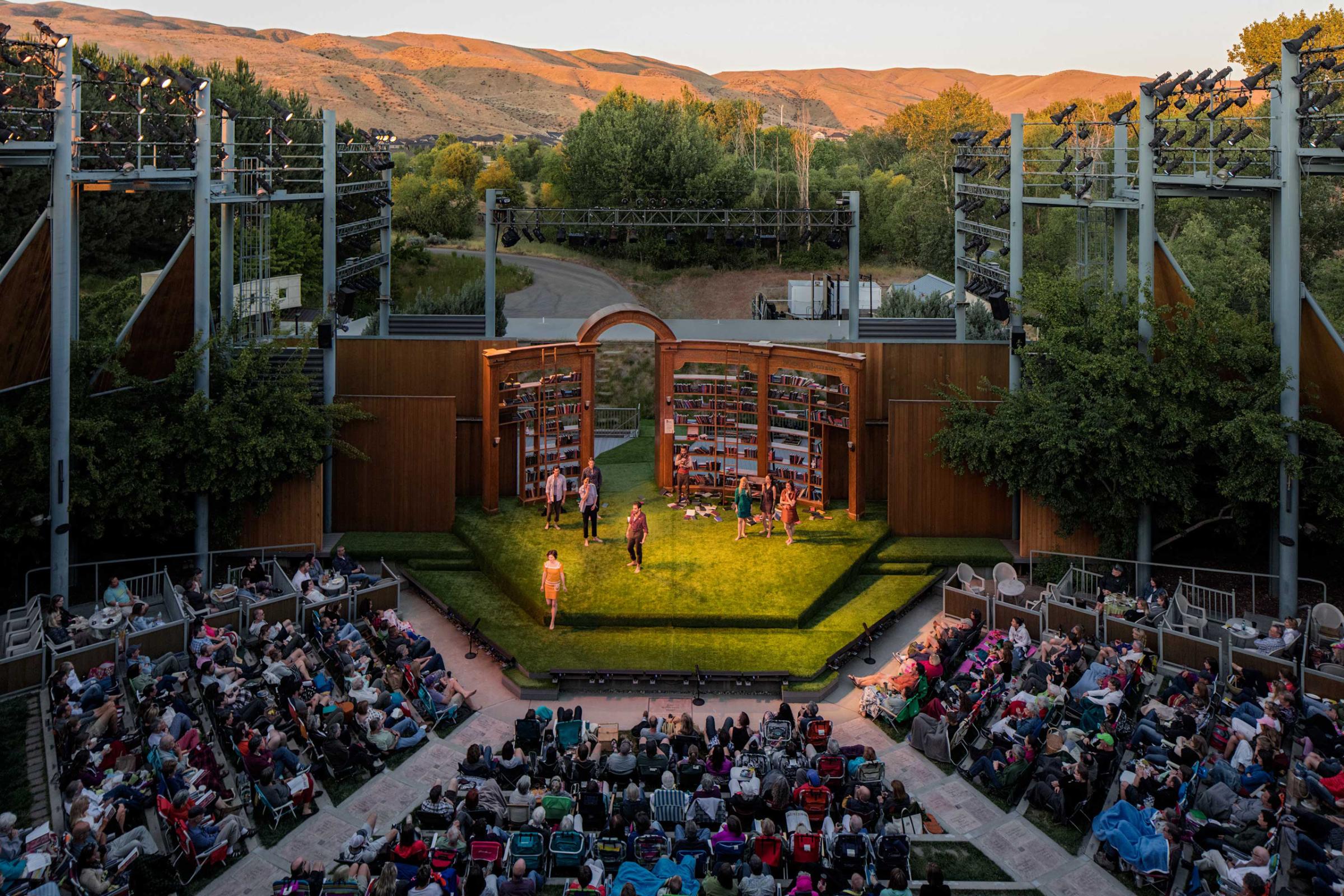


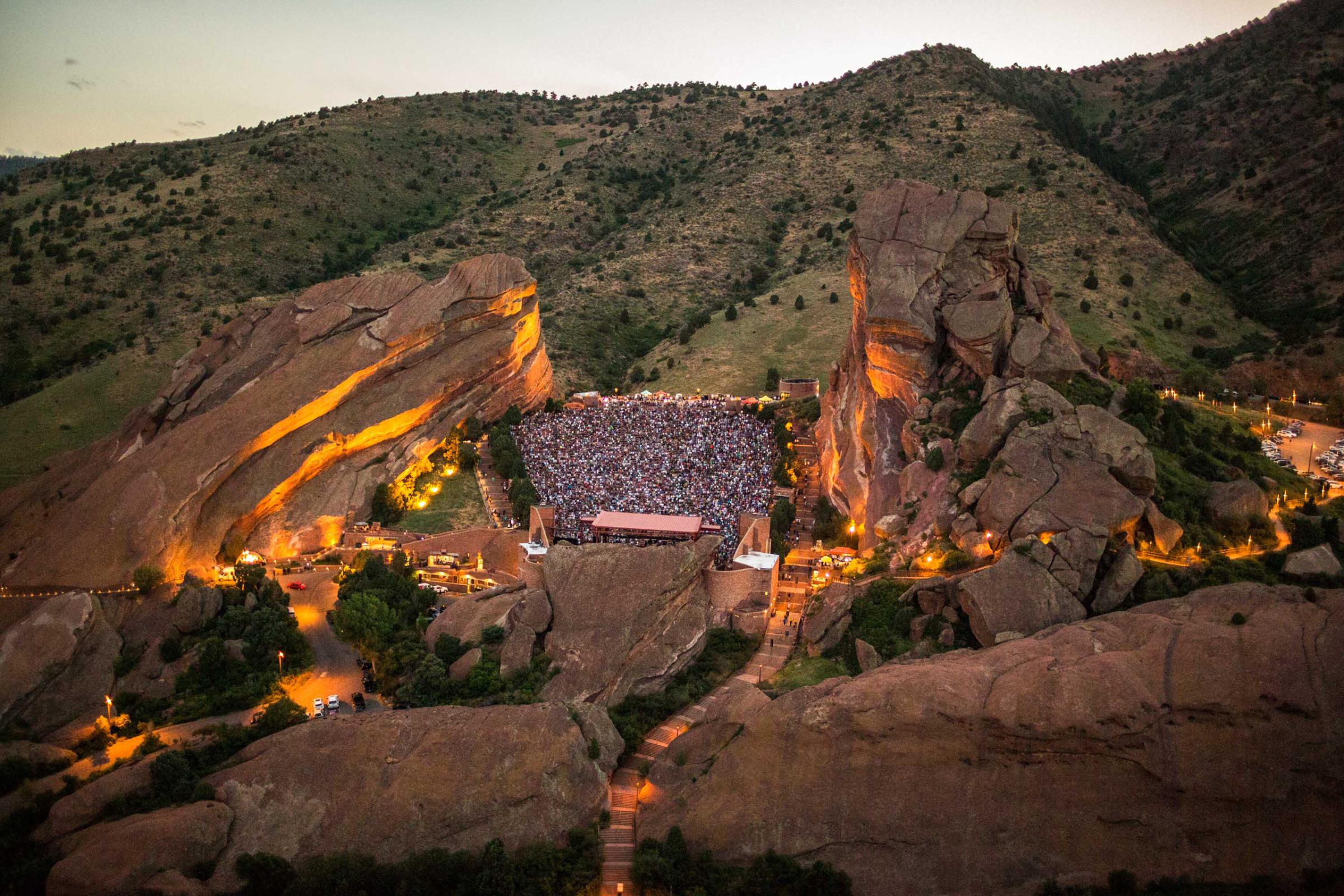
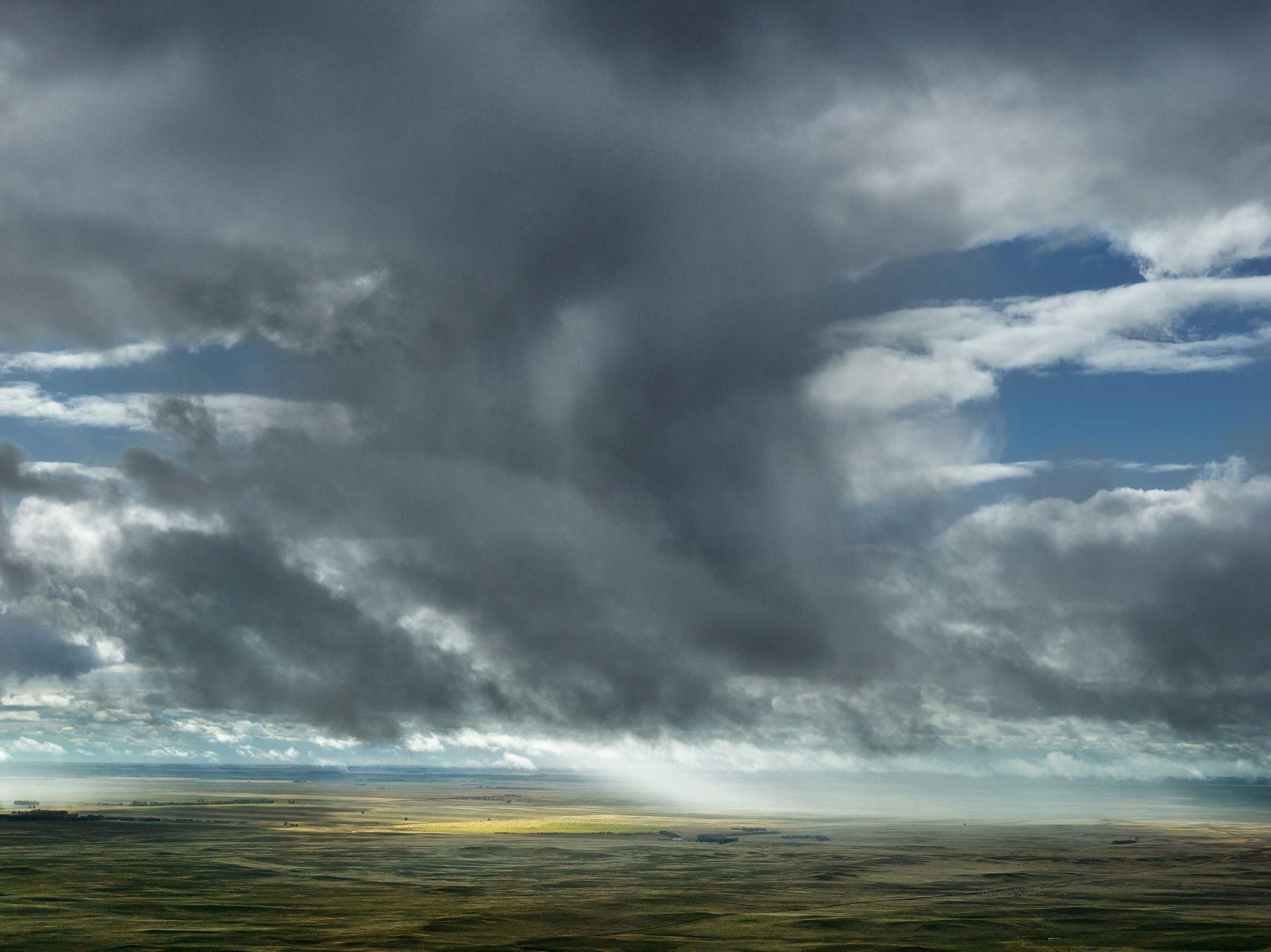
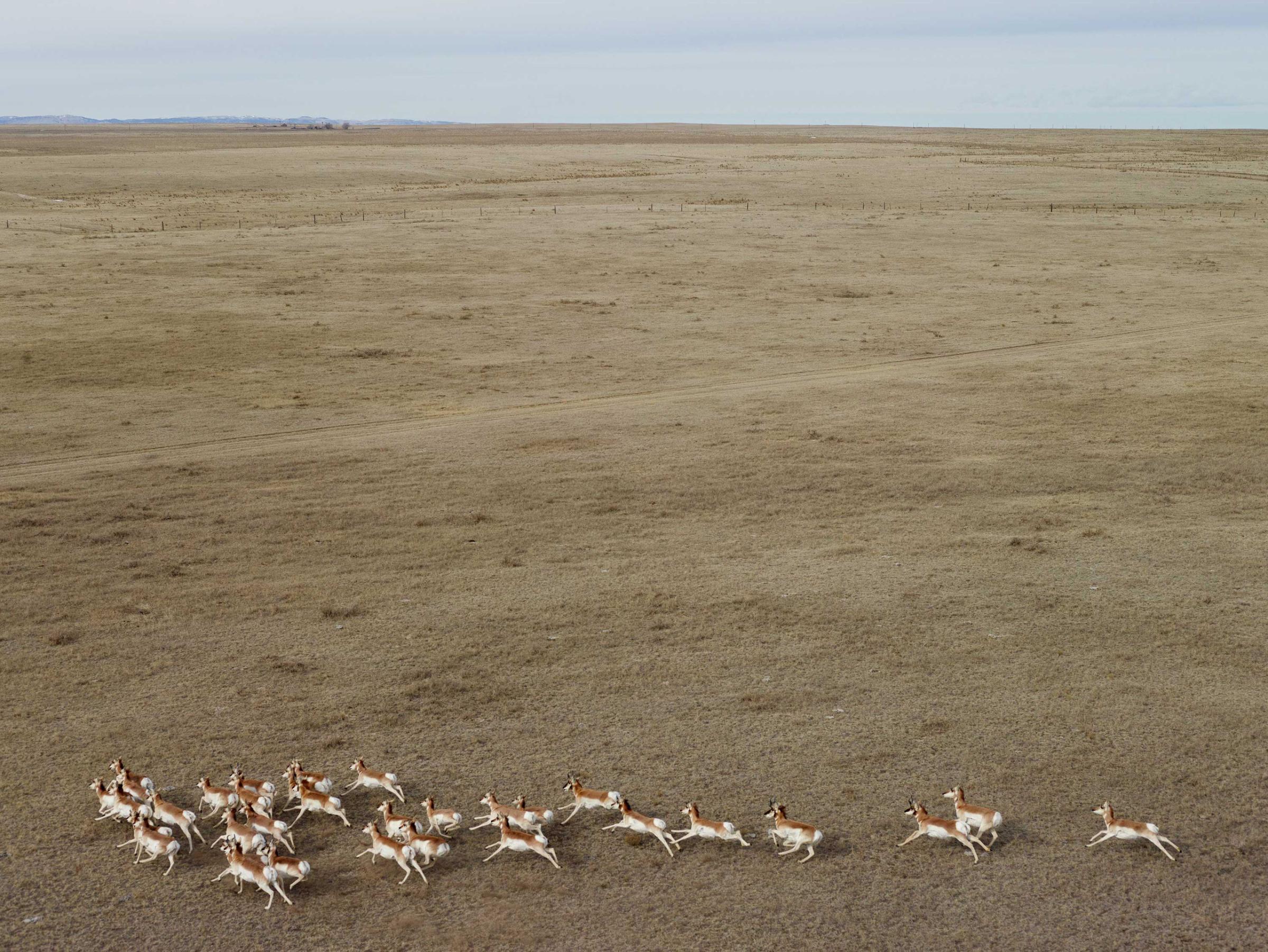
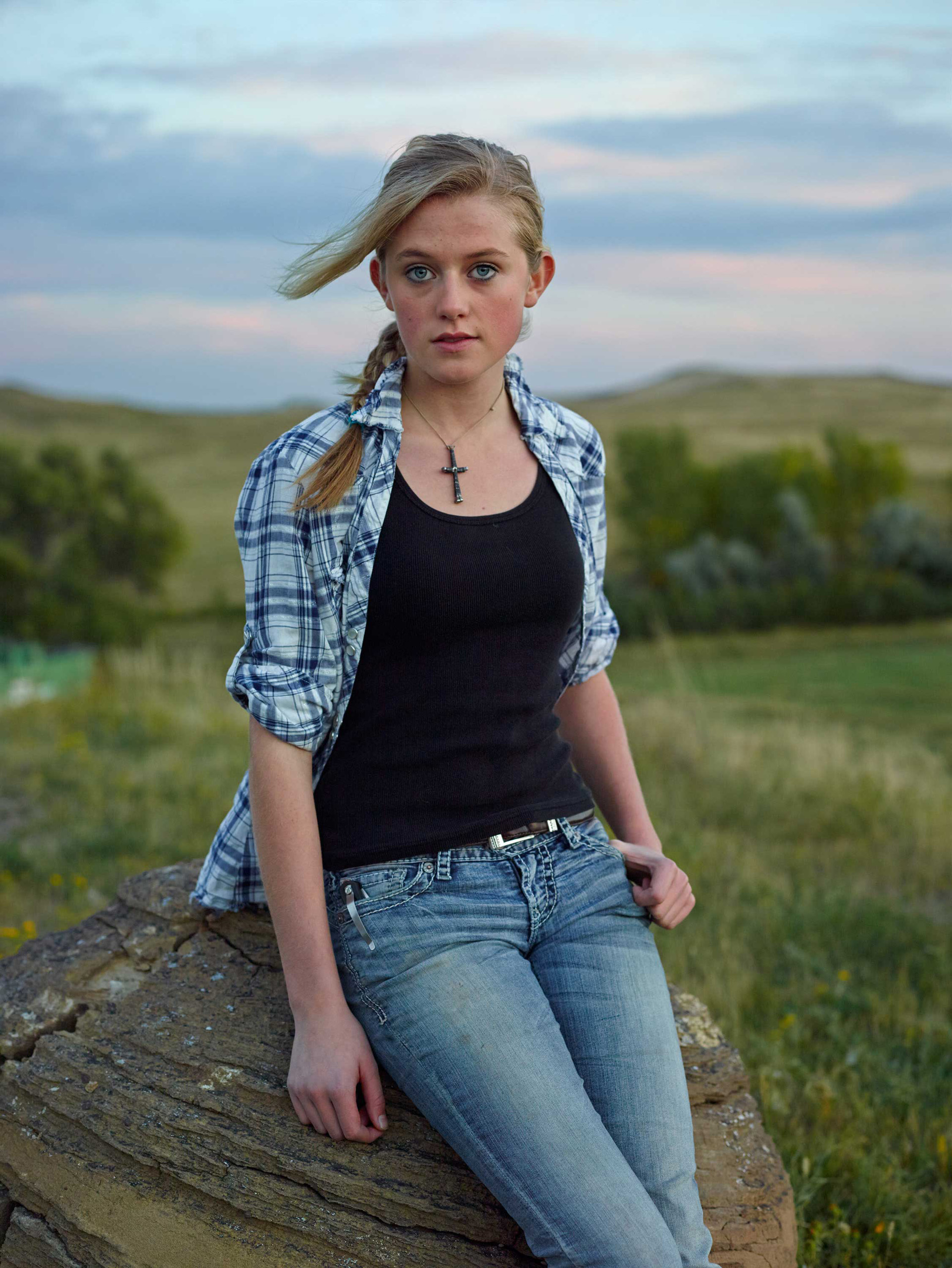
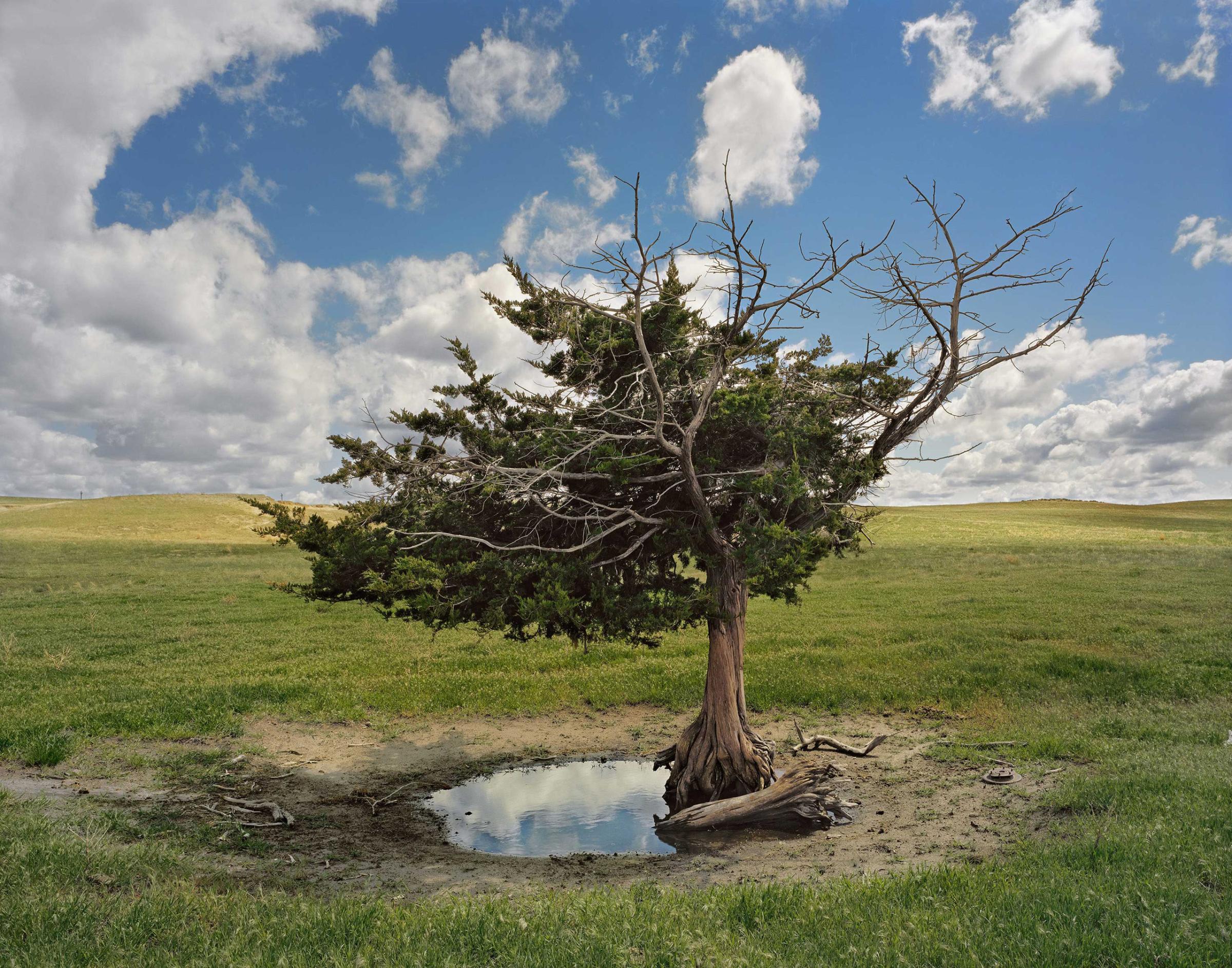
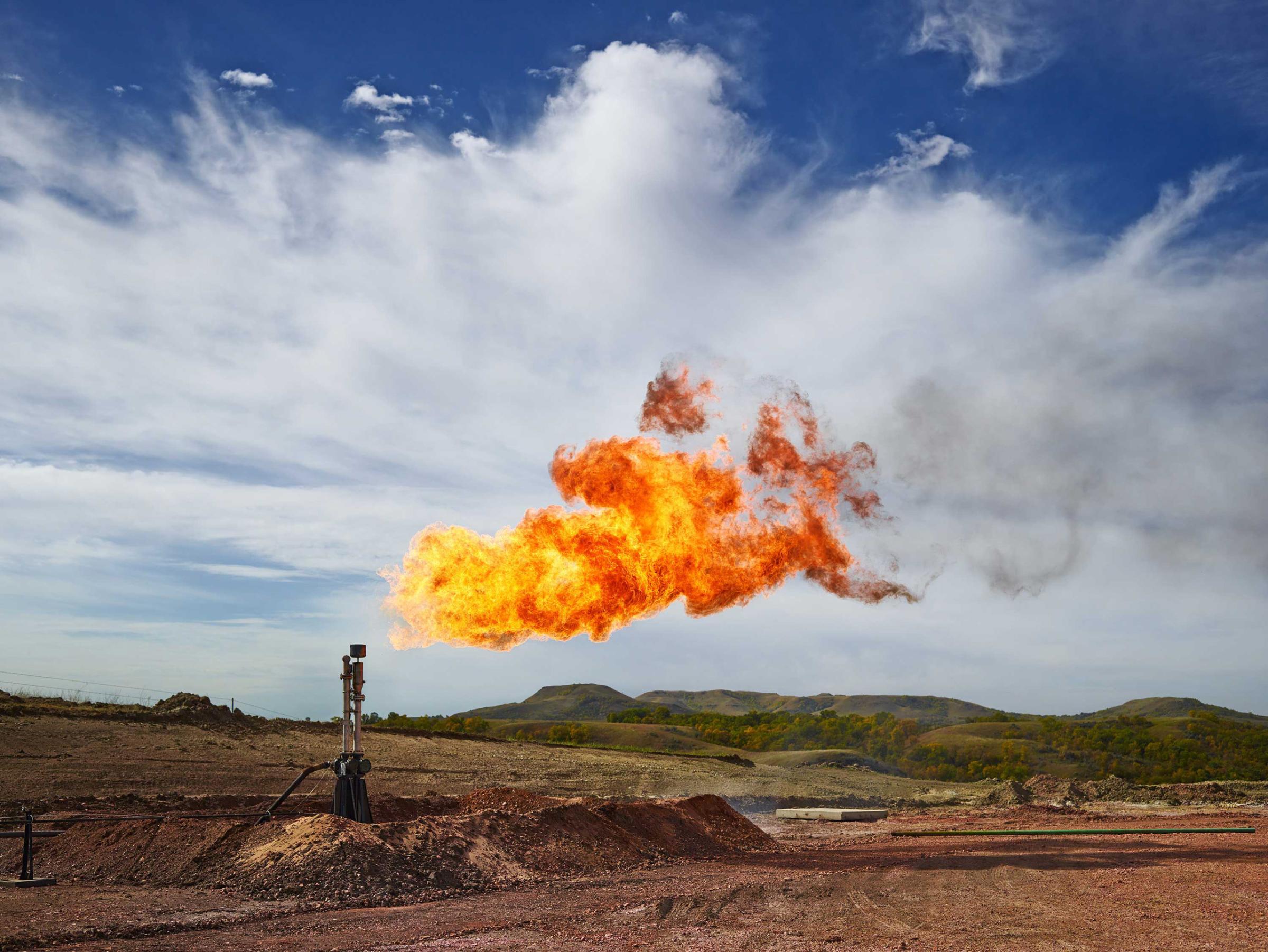
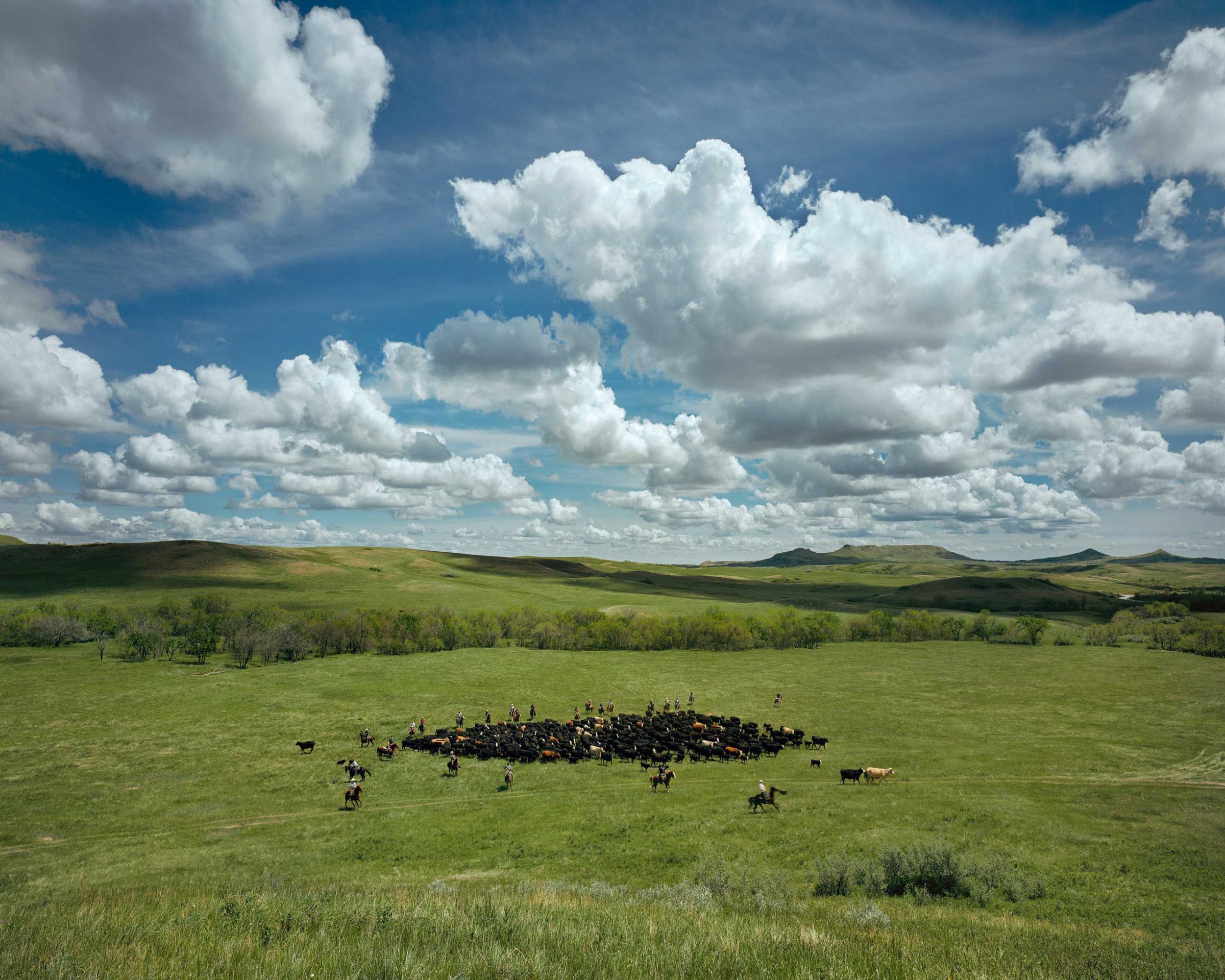
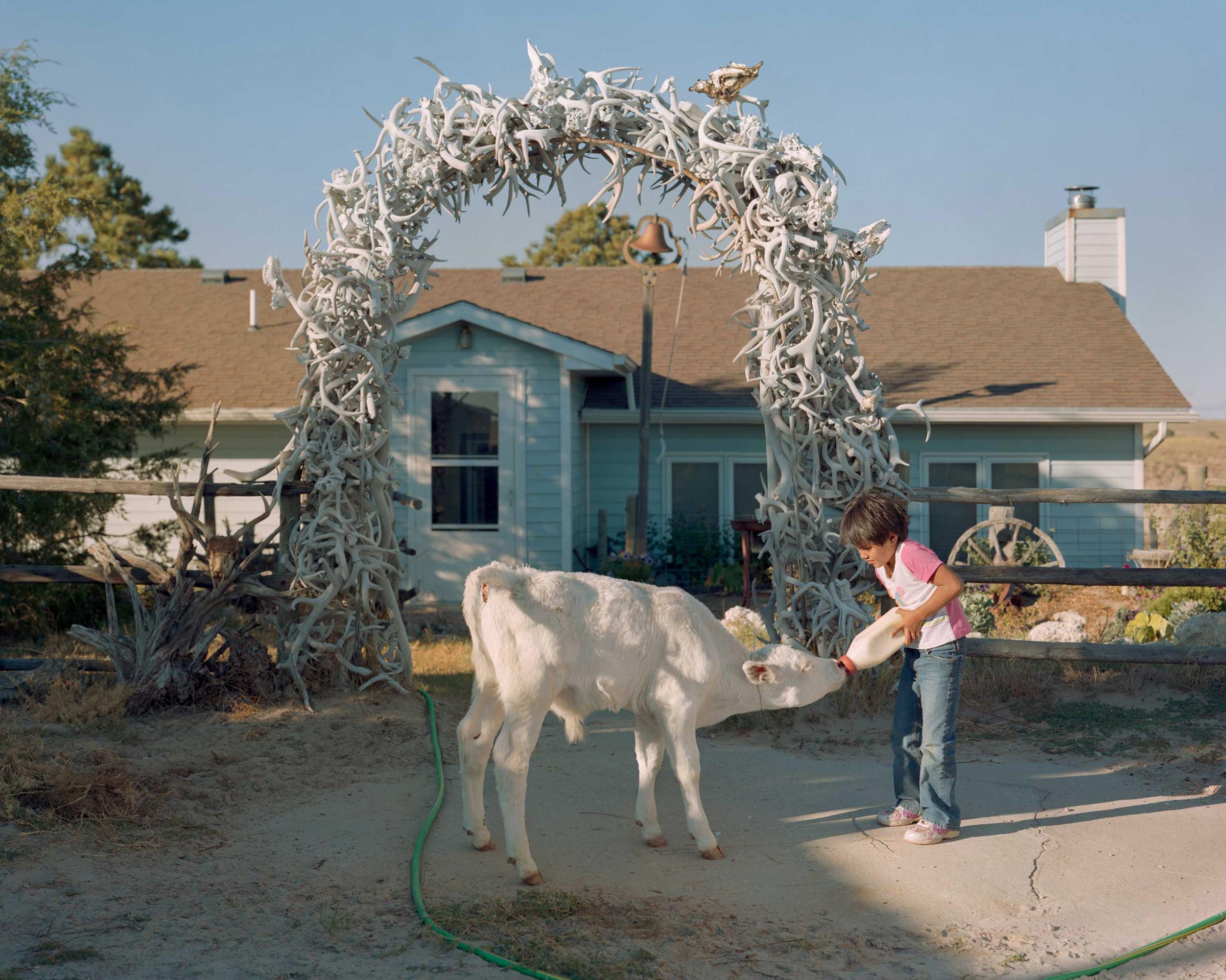




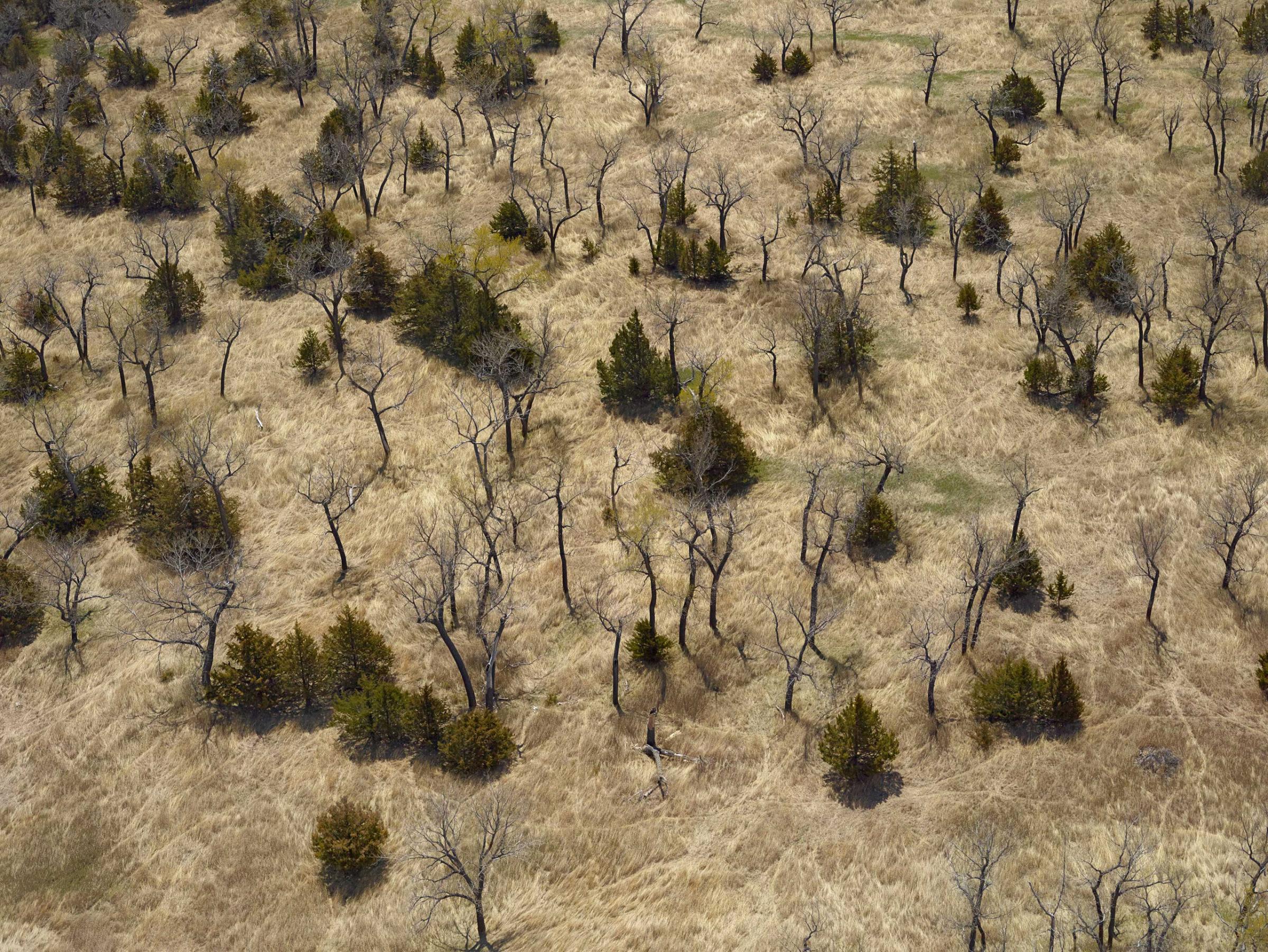
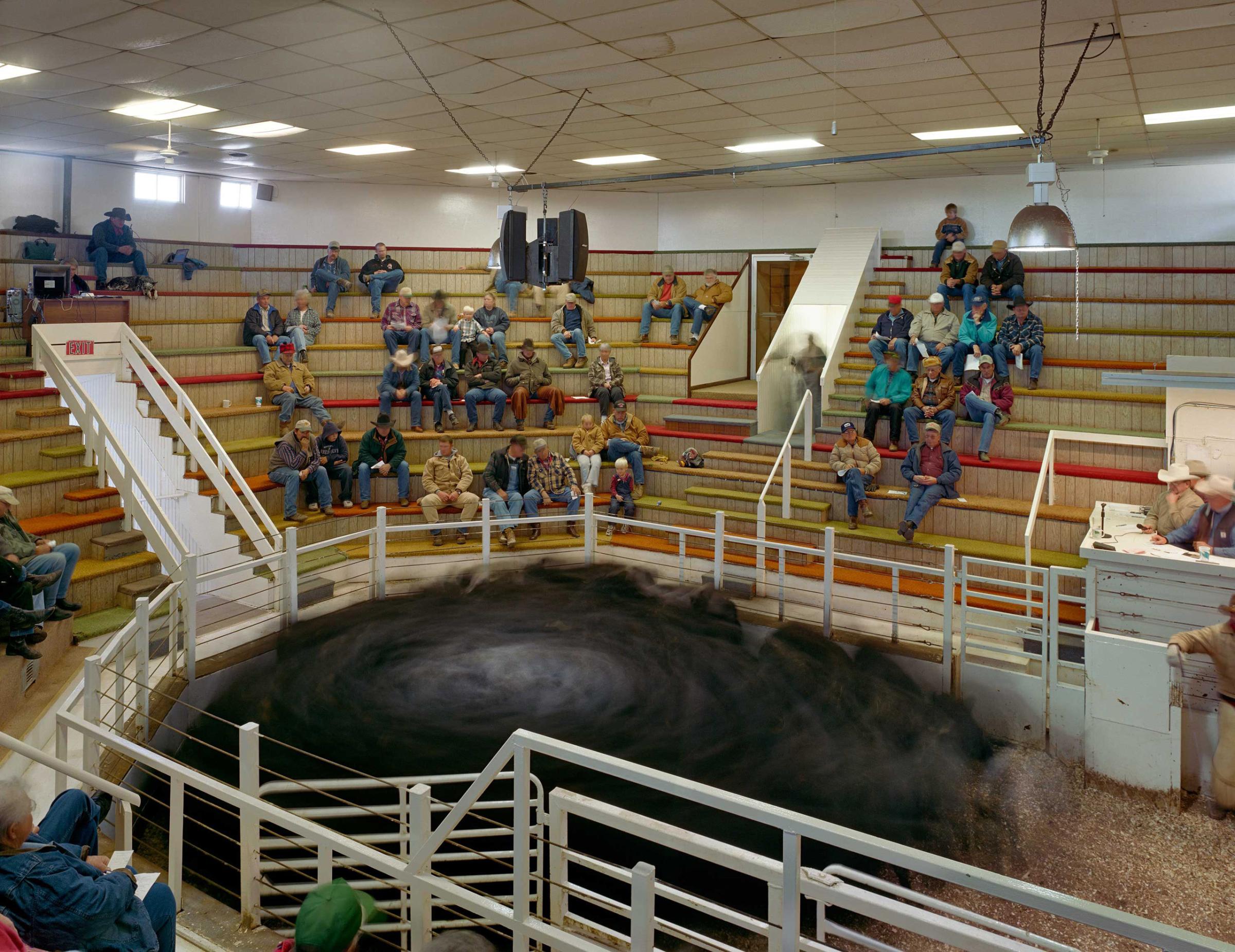
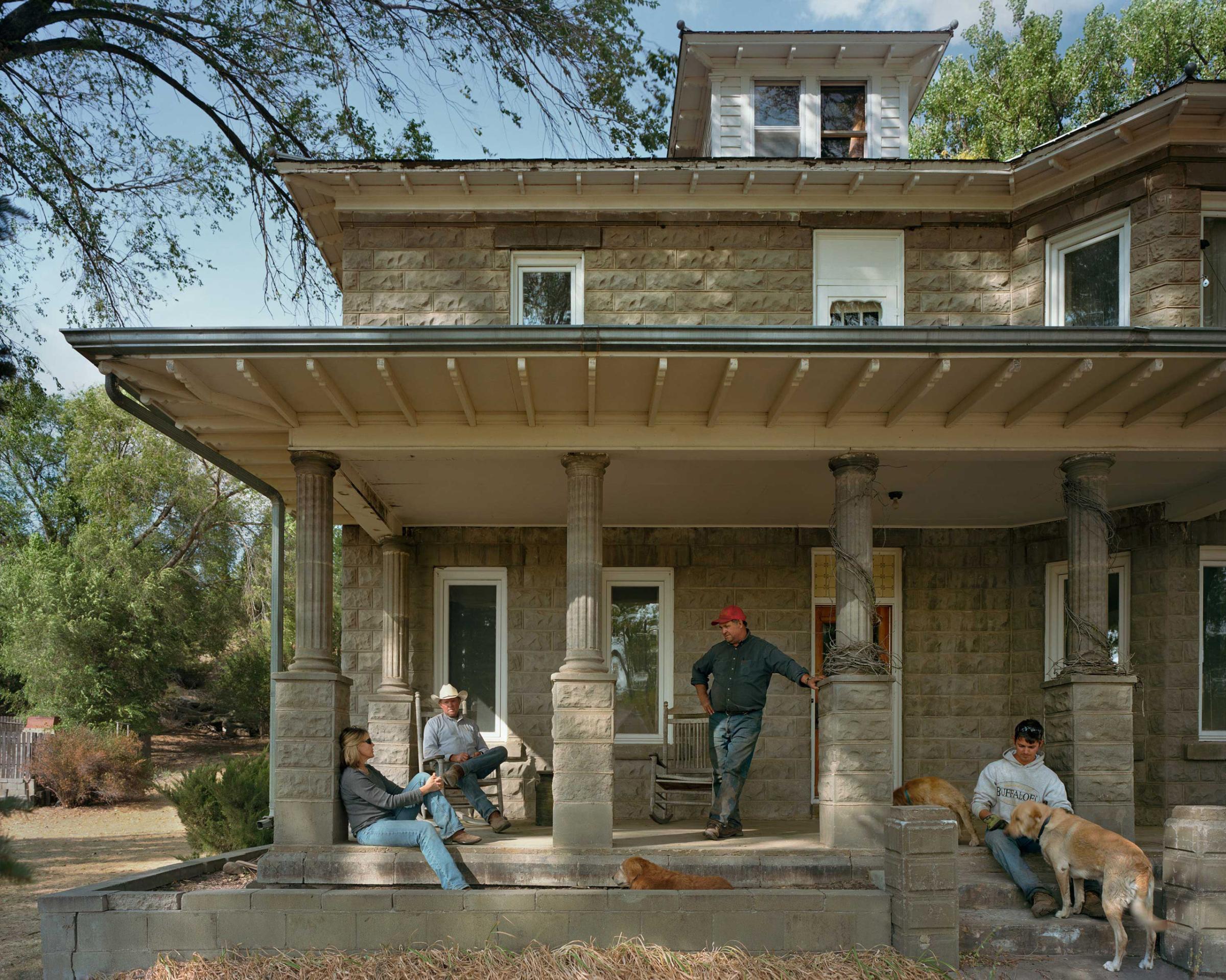
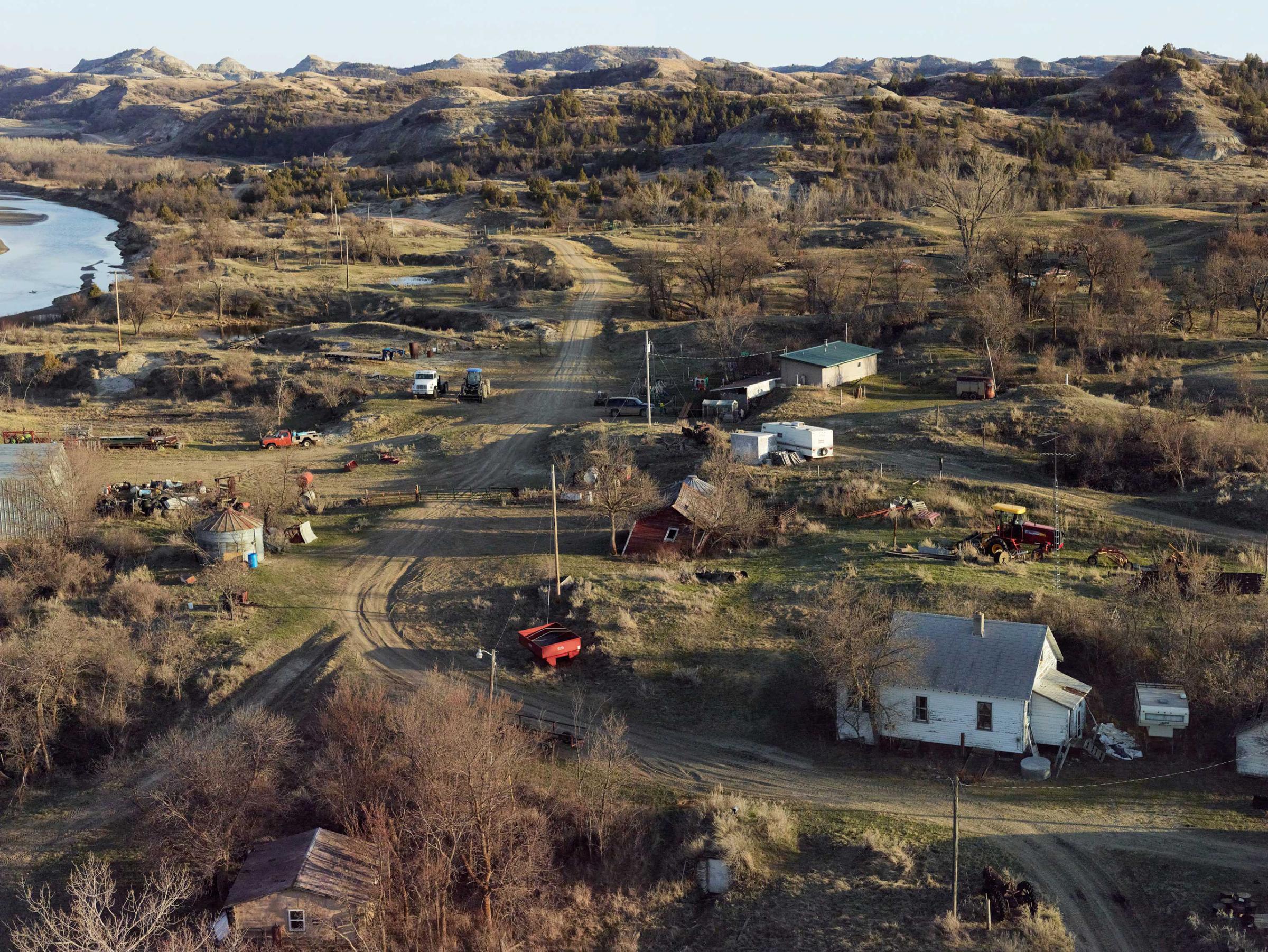

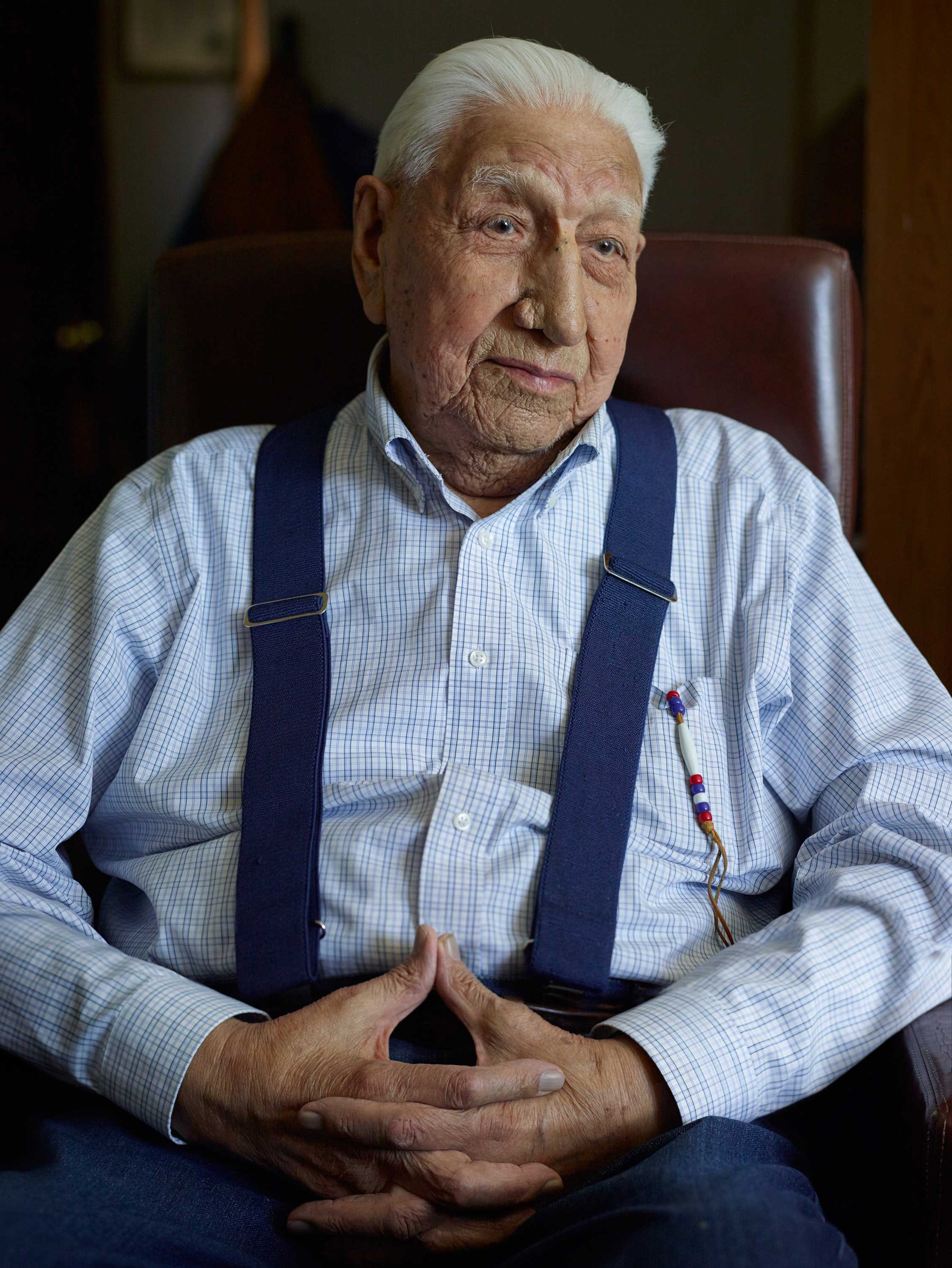
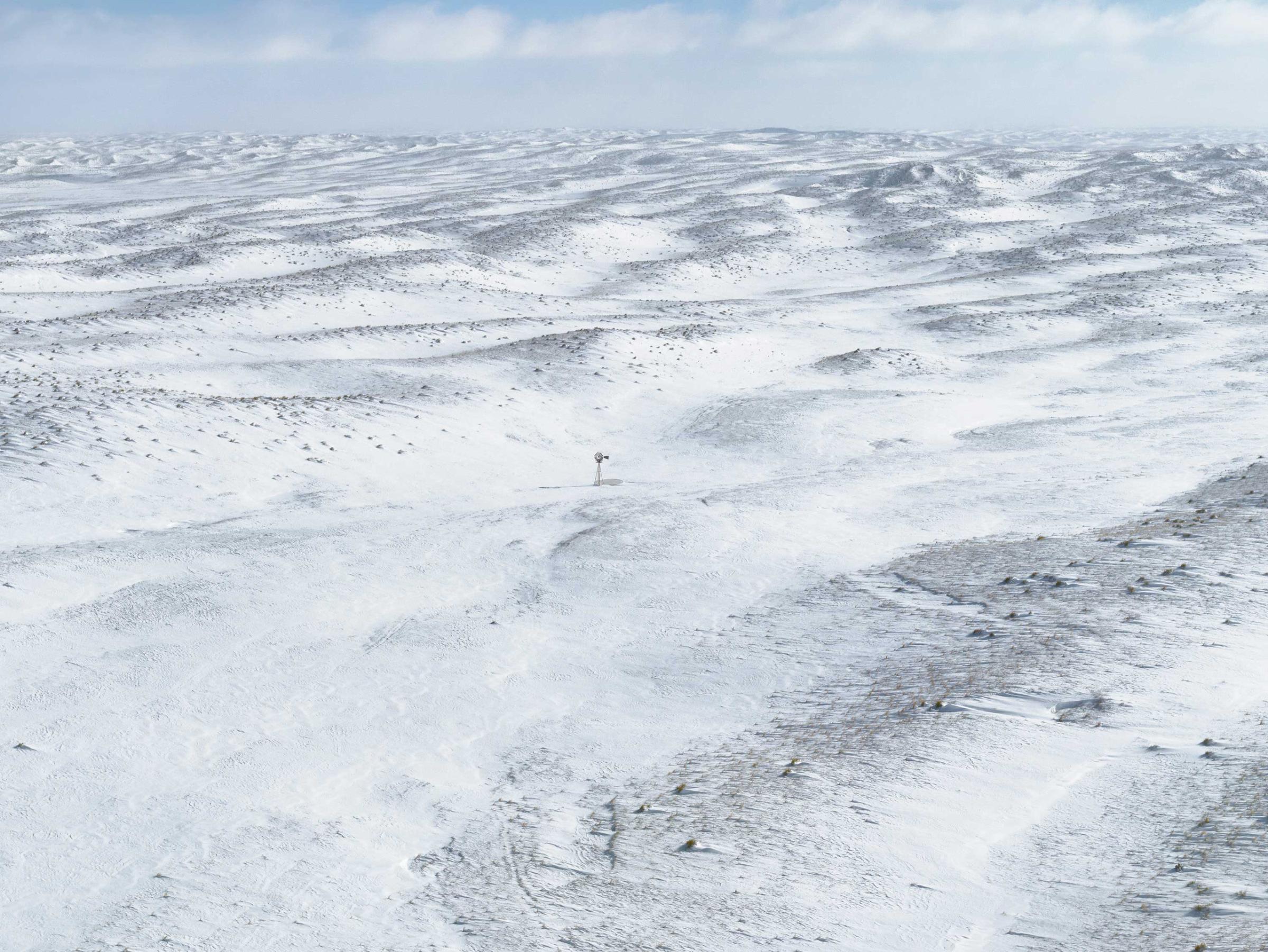


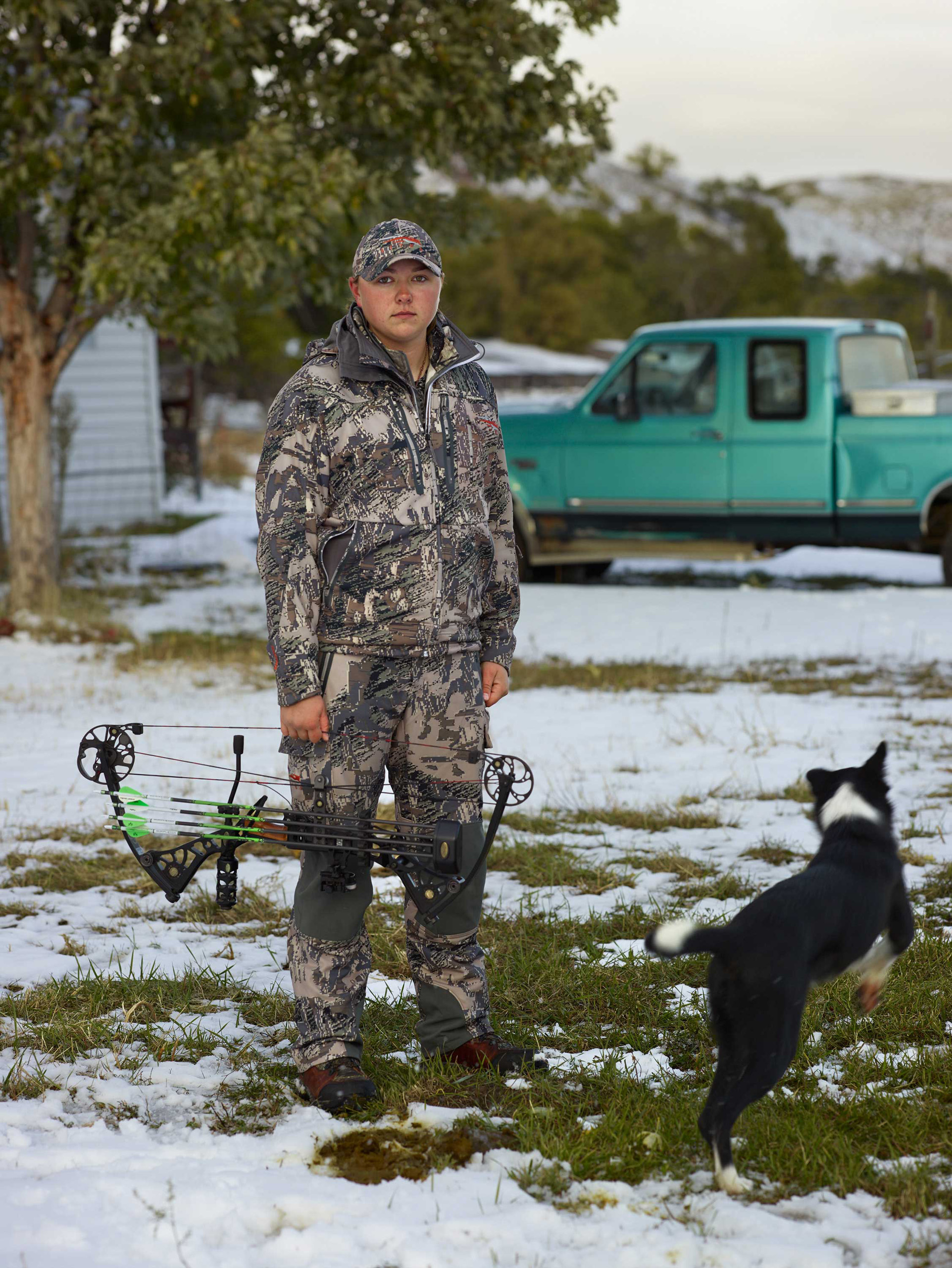
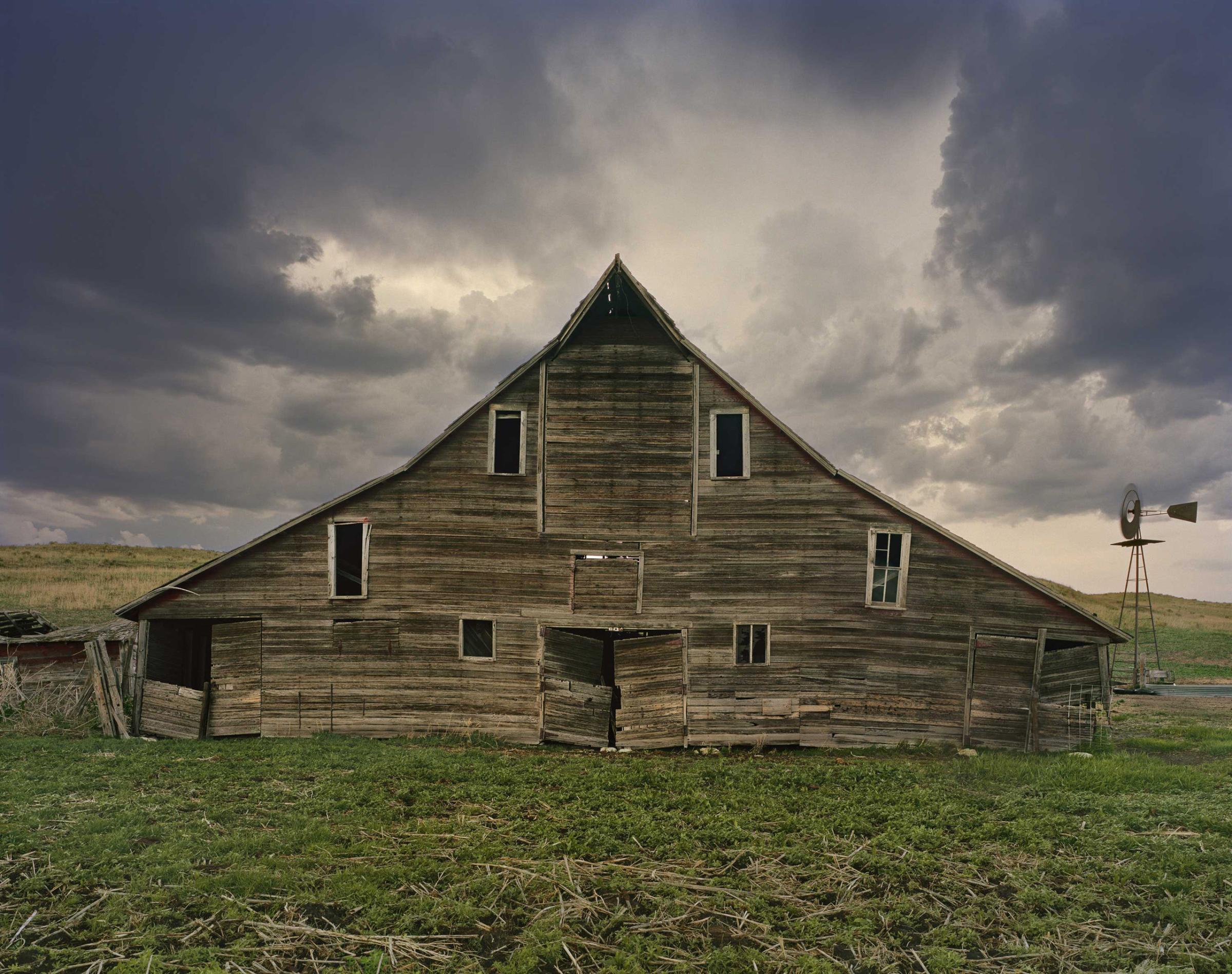

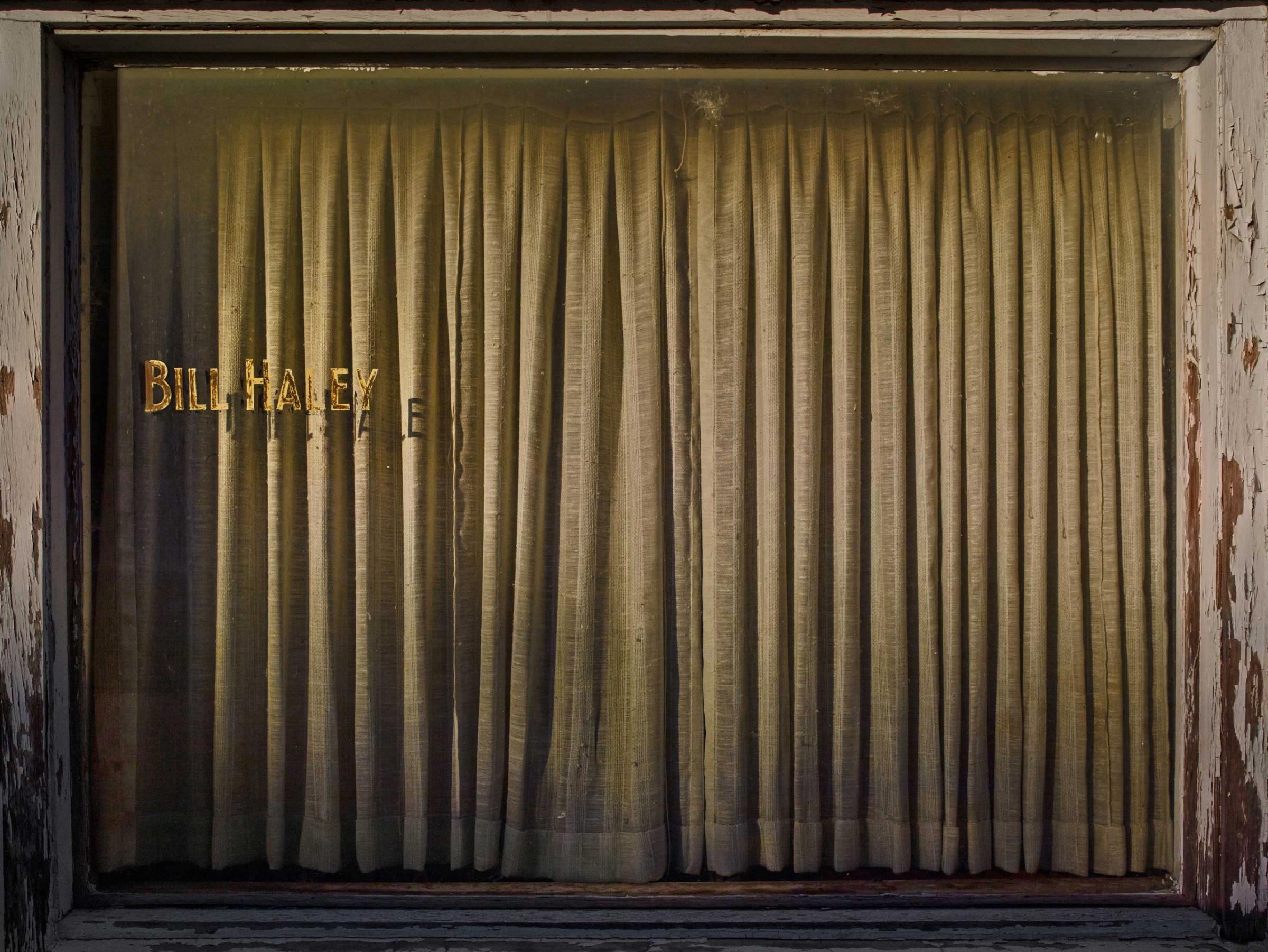
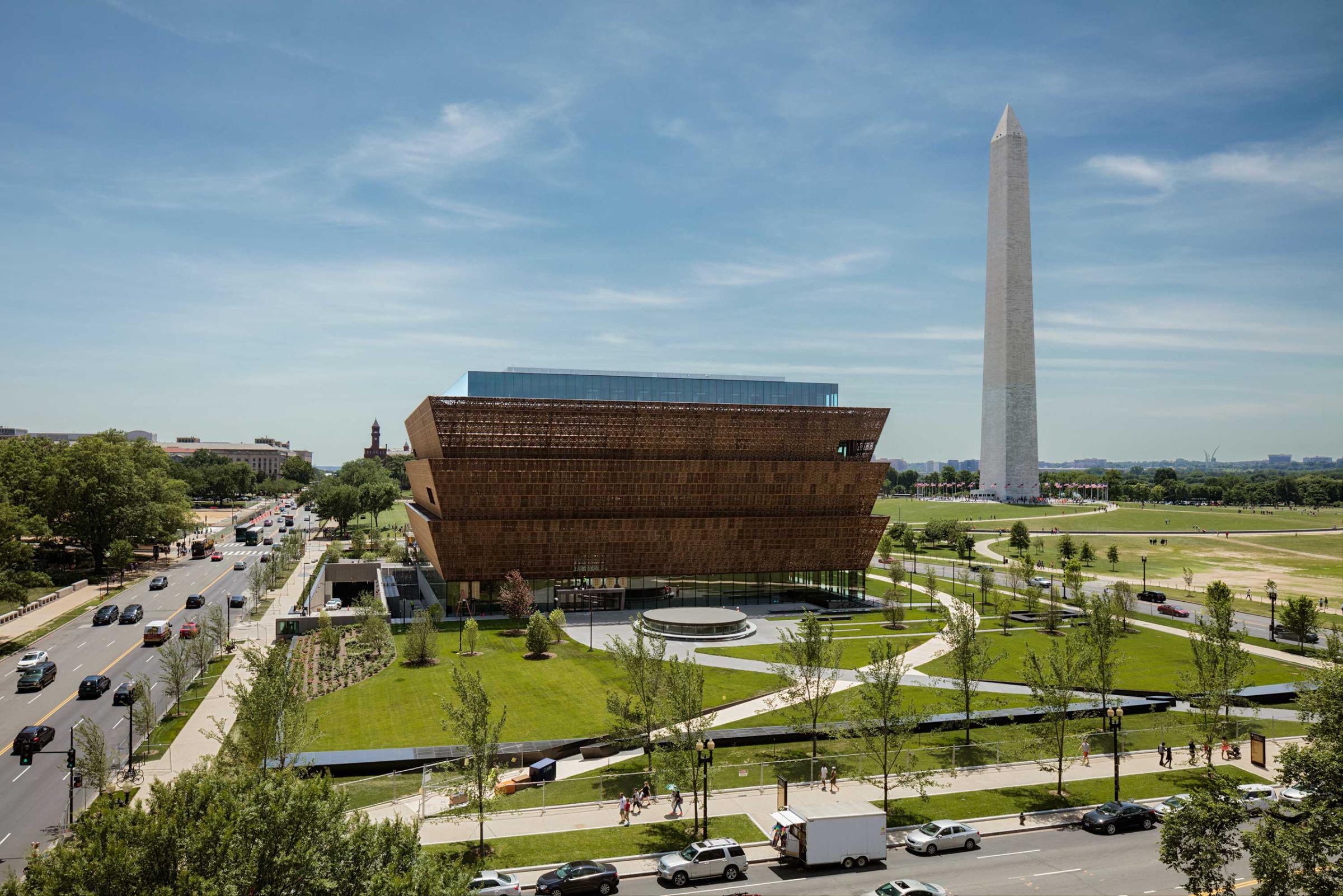
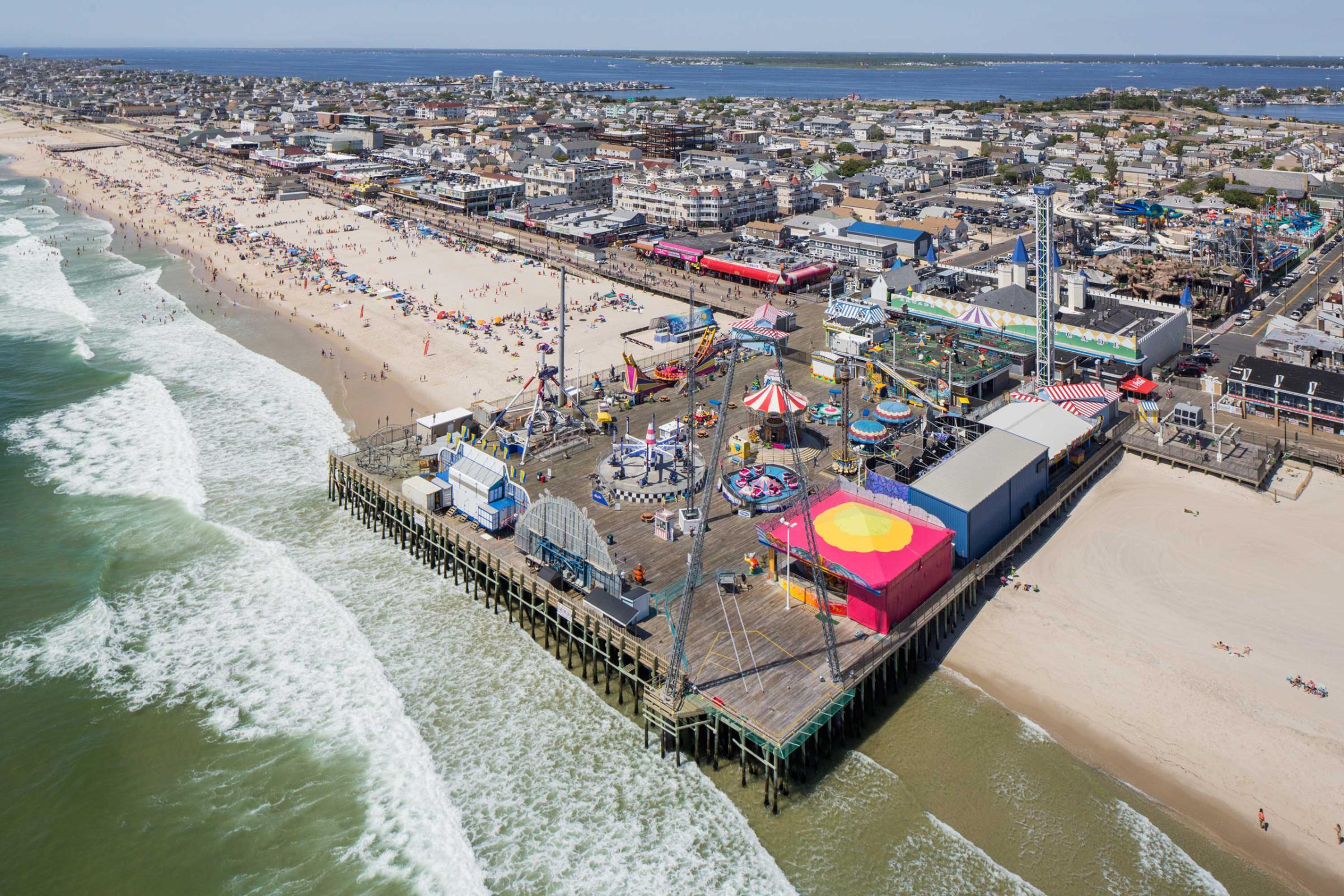

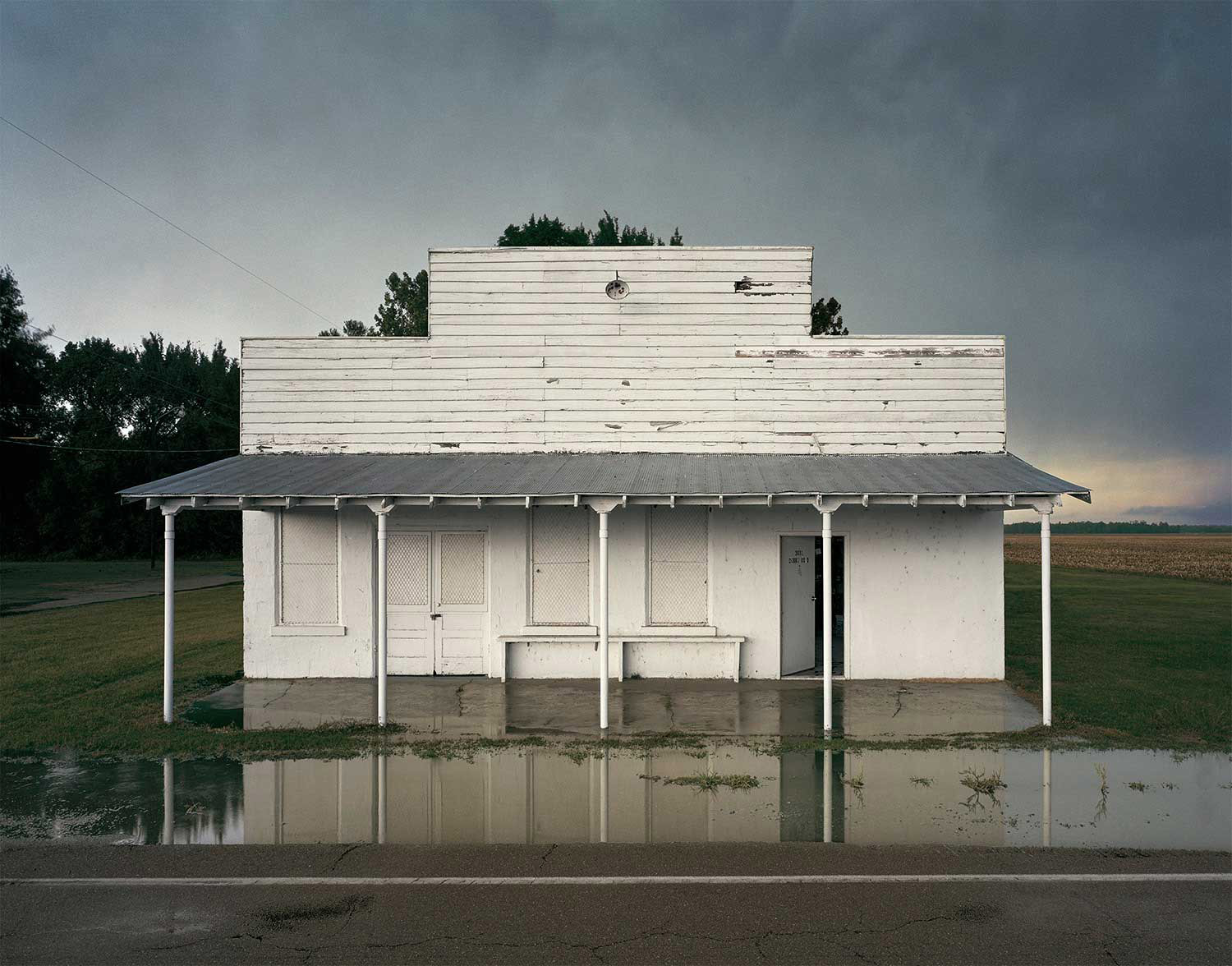


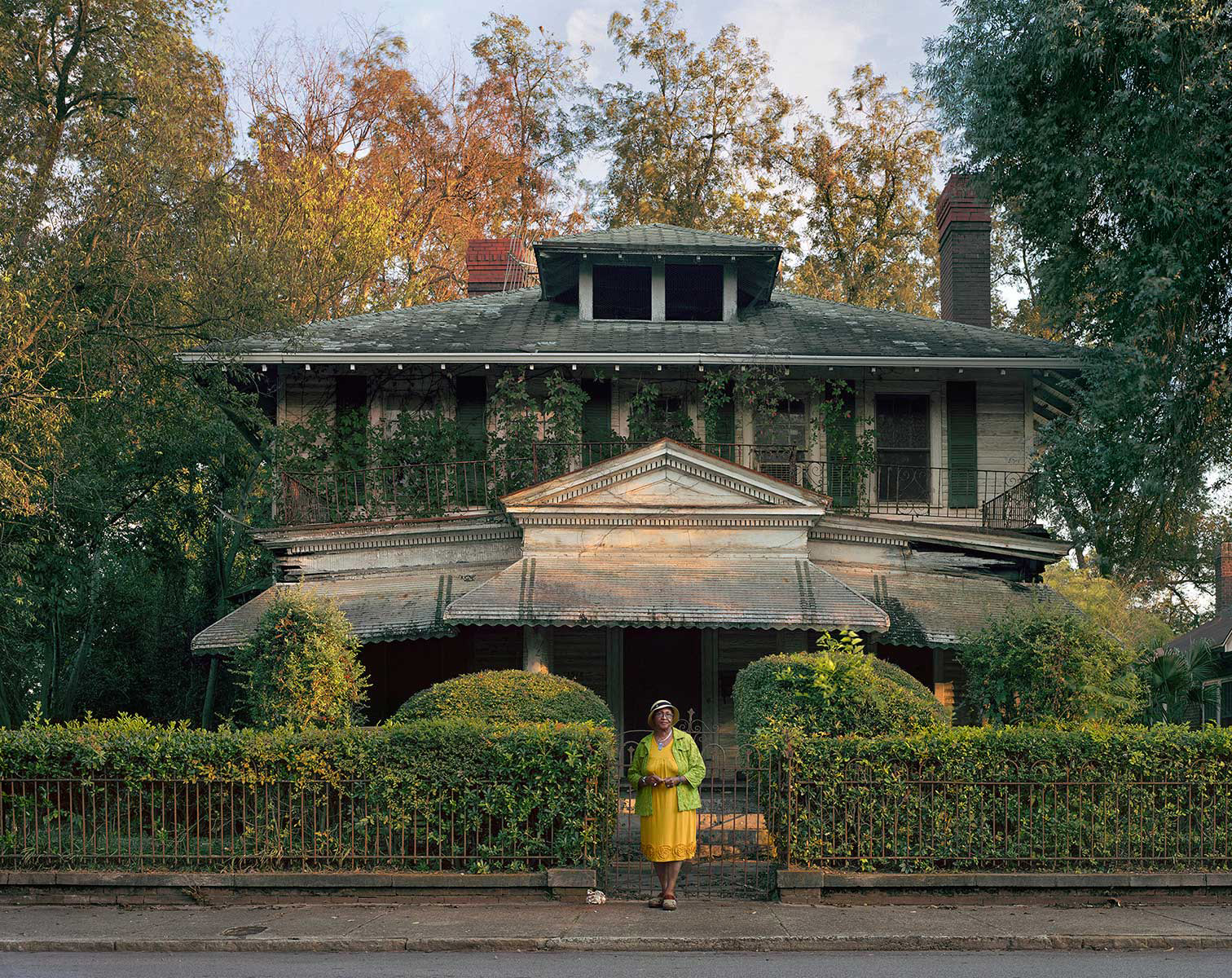
More Must-Reads from TIME
- Donald Trump Is TIME's 2024 Person of the Year
- Why We Chose Trump as Person of the Year
- Is Intermittent Fasting Good or Bad for You?
- The 100 Must-Read Books of 2024
- The 20 Best Christmas TV Episodes
- Column: If Optimism Feels Ridiculous Now, Try Hope
- The Future of Climate Action Is Trade Policy
- Merle Bombardieri Is Helping People Make the Baby Decision
Contact us at letters@time.com